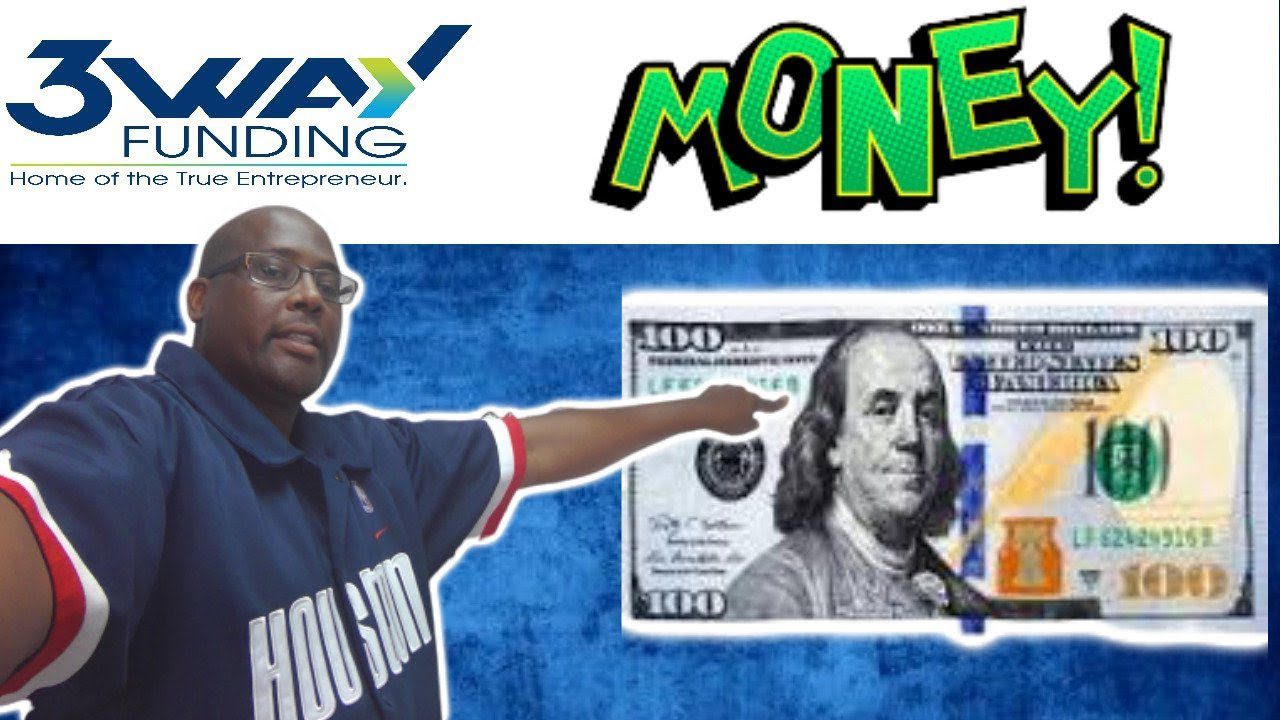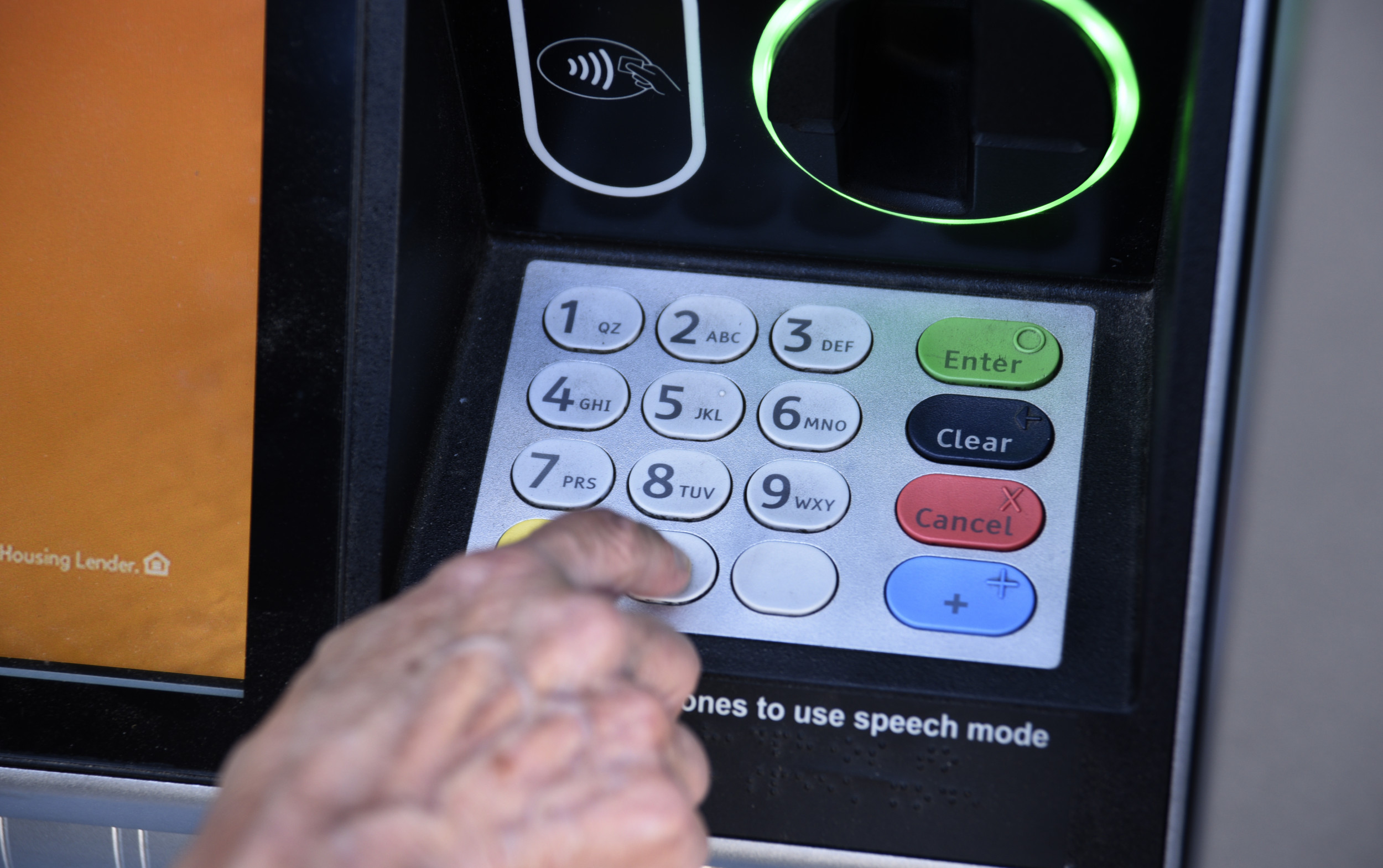Table of Content
Increasingly dire economic circumstances caused by the Depression in 1932 spurred President Herbert Hoover to press Congress for action. In particular, he wanted to encourage home construction, reduce foreclosures and support the idea of widespread home ownership. The congressional response came in the form of the Federal Home Loan Bank Act that created a five-member Federal Home Loan Bank Board, whose role was to supervise a series of discount banks spread across the country. The intent of this system was to increase the supply of money available to local institutions that made home loans and to serve them as a reserve credit resource.

This is part of a new project to develop better tools for bringing real-time legislative data into the classroom. We hope to enable educators to build lesson plans centered around any bill or vote in Congress, even those as recent as yesterday. The system, patterned after the Federal Reserve Bank, acted as a lender of last resort when thrifts faced financial strain. Having the FHLB system in place enabled Congress to adopt additional legislation to help fund home ownership. For example, in 1933 Congress adopted the Home Owners' Loan Act, which awarded $770 million to the thrift industry to help deal with borrowers who could not repay their loans. Again, in 1934, Congress acted by adopting the National Housing Act, which extended deposit insurance to the thrifts industry.
There’s never been a better time for civic engagement.
As economic conditions deteriorated in 1930 and 1931, hundreds of banks closed their doors as the nation’s citizens hoarded their money and defaulted on loan payments. Many small-town banks, struggling to meet the demands of customers withdrawing their deposits, were forced to call in loans and mortgages in order to have enough cash on hand. Those that couldn’t raise enough cash failed, and in many cases their depositors were left with nothing.

Please help us make GovTrack better address the needs of educators by joining our advisory group. The Federal Home Loan Bank Act was introduced in the United States House of Representatives on May 25, 1932. The United States Senate approved the bill on July 12, 1932, with amendments.
Join GovTrack’s Advisory Community
In July 1932, Congress finally passed a bill that authorized the creation of Federal Home Loan Banks, but placed stringent restrictions on the loans that could be financed. When the Federal Home Loan Banks began operating, less than 0.01% of loans were approved. Through 1932 and into 1933, Hoover unsuccessfully lobbied Congress to loosen the purse strings of the FHLB. Congress eventually expanded the lending authority of the FHLB with the Home Owners’ Loan Act of 1933 and the National Housing Act of 1934. Economists are still divided about what caused the Great Depression, and what turned a relatively mild downturn into a decade long nightmare. One contributing problem was that the United States had too many small banks , and many banks made risky loans during the late 1920s.

Congress promulgated the act under its authority to regulate interstate commerce, pursuant to Article II, Section 8 of the U.S. One major purpose of the Federal Home Loan Bank Act was to create a credit reserve intended to increase the supply of credit available to the housing market, thereby allowing people to buy and maintain homes. Much to President Hoover's great disappointment, however, the credit program was a complete failure.
Follow GovTrack on social media for more updates:
Sometimes classification is easy; the law could be written with the Code in mind, and might specifically amend, extend, or repeal particular chunks of the existing Code, making it no great challenge to figure out how to classify its various parts. And as we said before, a particular law might be narrow in focus, making it both simple and sensible to move it wholesale into a particular slot in the Code. But this is not normally the case, and often different provisions of the law will logically belong in different, scattered locations in the Code. As a result, often the law will not be found in one place neatly identified by its popular name.
The bill was signed into law by President Herbert Hoover on July 22, 1932. On November 21, 2013, Rep. Steve Stivers introduced the bill To amend the Federal Home Loan Bank Act to authorize privately insured credit unions to become members of a Federal home loan bank (H.R. 3584; 113th Congress) into the United States House of Representatives. The bill would amend the Federal Home Loan Bank Act to treat certain privately insured credit unions as insured depository institutions for purposes of determining eligibility for membership in a federal home loan bank. The bill was scheduled to be voted on under a suspension of the rules on May 6, 2014. At the peak of its power, the FHLBB chartered federal thrifts and regulated the activities of federal savings and loans and savings and loan holding companies. None of these regulatory tasks had been part of the federal government's responsibilities prior to the Federal Home Loan Bank Act.
Please sign up for our advisory group to be a part of making GovTrack a better tool for what you do. We are also still on Instagram at @govtrack.us posting 60-second summary videos of legislation in Congress. Launched in 2004, GovTrack helps everyone learn about and track the activities of the United States Congress. This is a project of Civic Impulse, LLC. GovTrack.us is not a government website. It will typically be considered by committee next before it is possibly sent on to the House or Senate as a whole. Connect to Life Can public opinion today be as easily swayed as in Shakespeare's portrayal?
The bill then moved to a joint conference committee, which presented its version of the bill on July 13, 1932. President Herbert Hoover signed the bill into law on July 22, 1932. The New Deal involved the federal government trying to fix a national problem. This term specifically refers to paying a small percentage of a stock's price as a down payment and borrowing the rest. This term is the name of the most widely used measure of the stock market's health. Our mission is to empower every American with the tools to understand and impact Congress.
Nor will a full-text search of the Code necessarily reveal where all the pieces have been scattered. Instead, those who classify laws into the Code typically leave a note explaining how a particular law has been classified into the Code. It is usually found in the Note section attached to a relevant section of the Code, usually under a paragraph identified as the "Short Title". If you’ve visited a bill page on GovTrack.us recently, you may have noticed a new “study guide” tab located just below the bill title.

This page is sourced primarily fromCongress.gov, the official portal of the United States Congress. Congress.gov is generally updated one day after events occur, and so legislative activity shown here may be one day behind. Both the Federal Home Loan Banks and the Farm Credit Administration proved to be vital and effective financial institutions, and are both still with us today.
We hope that with your input we can make GovTrack more accessible to minority and disadvantaged communities who we may currently struggle to reach. Please join our advisory group to let us know what more we can do. A bill must be passed by both the House and Senate in identical form and then be signed by the President to become law. The act was notably amended by Financial Institutions Reform, Recovery and Enforcement Act of 1989, which transferred regulation of thrifts to the Office of Thrift Supervision.

Existing financial institutions — savings banks, insurance companies, building and loan associations, etc. — could apply for membership in the system. The rate of foreclosures dropped noticeably after the banks began functioning, but the change came too late for thousands of families. This measure also is credited with providing new jobs in the home construction industry. The Federal Home Loan Bank system underwent subsequent changes, including a major reorganization in 1947, which consolidated the administration of major governmental housing programs. The Financial Institutions Reform, Recovery and Enforcement Act of 1989 abolished the Federal Home Loan Bank Board and gave oversight responsibility for the Federal Home Loan Banks to the Federal Housing Finance Board. The Board’s previous responsibilities regarding thrift institutions and their holding companies were given to the new Office of Thrift Supervision, under the Department of the Treasury.
H.R. 3323: Federal Home Loan Banks’ Mission Implementation Act
The FHLBB was abolished and replaced with the Office of Thrift Supervision, which has remained the primary regulator of federal thrifts. The Federal Home Loan Bank Act established the Federal Home Loan Bank Board, a board to oversee Federal Home Loan Banks, which were also created by the Federal Home Loan Bank Act. Department of Housing and Urban Development , these government-sponsored banks were intended to provide member financial institutions with financial services to assist in housing financing and community lending. According to the Federal Housing Finance Agency, 11 Federal Home Loan Banks provided cash advances to more than 7,300 member organizations, such as banks and credit unions, as of March 2017. Terms for definitions.The Federal Home Loan Bank Act is a federal law passed in 1932. According to its text, the act was intended to lower the cost of home ownership by creating a network of government-sponsored banks and boards to provide mortgage credit.


No comments:
Post a Comment